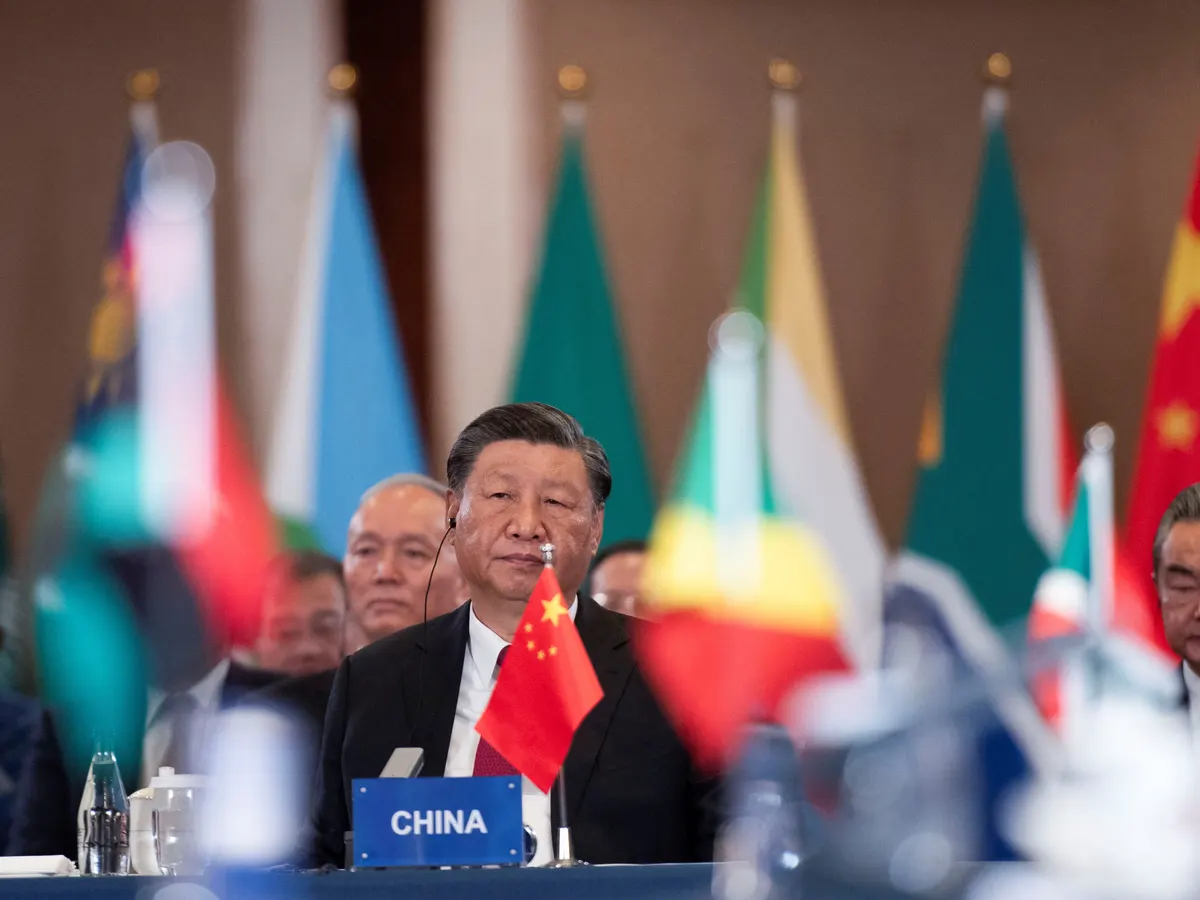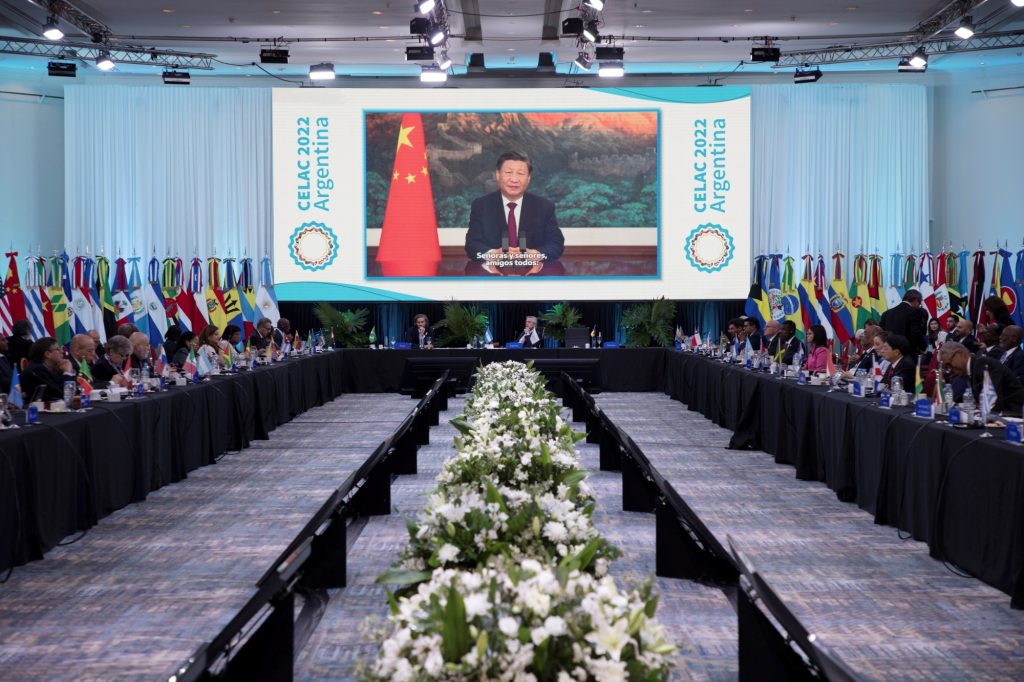- 22 January 2024
- 142
China Shift Investment Focus to Compete West Latin America

Introduction:
In a strategic geopolitical shift, China is redirecting its investments to Latin America, signaling a move to compete with the West on a global scale. This bold maneuver holds implications for both China’s influence in the region and the broader dynamics of global economic competition. In this article, we delve into the motivations driving China’s investment pivot, the potential impacts on Latin America, and the broader context of China’s expanding global influence.
Motivations Behind the Investment Pivot
Economic Diversification and Risk Mitigation
China’s move to shift investments to Latin America is motivated by a desire for economic diversification and risk mitigation. We explore how this strategic pivot allows China to reduce its reliance on certain markets while tapping into the diverse opportunities presented by the Latin American region.
Geopolitical Competition with the West
China’s redirection of investments is part of its broader geopolitical competition with the West. We examine how this move is intertwined with the ongoing economic rivalry, particularly as China seeks to expand its influence and counter Western initiatives globally.
Table 1: Motivations for China’s Investment Shift to Latin America
| Motivation | Description | Implications |
|---|---|---|
| Economic Diversification | Exploring diverse investment opportunities in Latin America | Mitigating risks and reducing market dependencies |
| Geopolitical Competition with the West | Strategic move in the context of global economic rivalry | Expanding influence and countering Western initiatives |
Infrastructure Development and Belt and Road Initiative

China’s focus on infrastructure development aligns with its Belt and Road Initiative (BRI). We explore how investments in Latin America contribute to the expansion of BRI, fostering connectivity and economic development while strengthening China’s geopolitical influence.
Potential Impacts on Latin America
Economic Growth and Infrastructure Boost
Latin America stands to benefit from China’s increased investments, leading to potential economic growth and infrastructure development. We analyze how these investments may contribute to job creation, technological advancements, and enhanced connectivity in the region.
Concerns of Debt Dependency and Sovereignty
China’s investments in Latin America also raise concerns about potential debt dependencies and impacts on national sovereignty. We delve into the considerations and challenges faced by Latin American countries as they navigate this influx of Chinese capital.
Table 2: Potential Impacts of China’s Investment Shift on Latin America
| Impact | Description | Considerations |
|---|---|---|
| Economic Growth and Infrastructure Boost | Contributions to job creation, technology transfer, and enhanced connectivity | Opportunities for development and modernization |
| Concerns of Debt Dependency and Sovereignty | Considerations about potential challenges related to debt and national sovereignty | Balancing economic benefits with long-term risks |
Shifting Dynamics in Regional Alliances
China’s increased presence in Latin America may alter regional alliances and partnerships. We examine how this investment pivot could influence diplomatic and economic relationships within the region and beyond.
Broader Context of China’s Global Influence
Expanding Soft Power and Diplomatic Clout
China’s investment shift is a key component of its broader strategy to expand soft power and diplomatic influence. We explore how economic engagement in Latin America enhances China’s standing on the global stage, fostering diplomatic relationships and partnerships.
Implications for Global Economic Order
The redirection of Chinese investments has implications for the global economic order. We analyze how China’s maneuver contributes to the ongoing reconfiguration of economic alliances and power dynamics, shaping the future landscape of international trade and cooperation.
Conclusion:
China’s strategic pivot to redirect investments to Latin America marks a significant development in the evolving dynamics of global economic competition. As China expands its influence in the region, Latin America navigates the opportunities and challenges presented by this influx of capital. The broader context of China’s global influence, driven by economic diplomacy and geopolitical maneuvering, underscores the complex interplay of interests in the contemporary international landscape.

